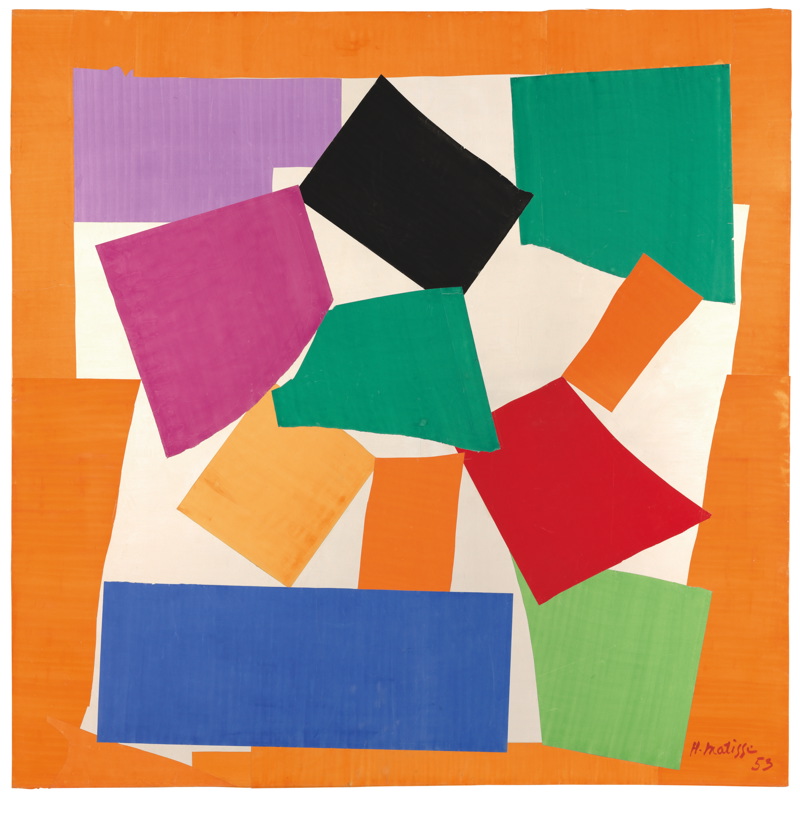Preview: Matisse
in Focus
Art exhibitions can be overwhelming. Deborah Mulhearn visits a Matisse show where she’s urged to slow down and take it all in
Usually with 50 or more works to see major art exhibitions can be pressured affairs but, at Tate Liverpool, Matisse In Focus presents just 15 works and an eight-minute silent film of the artist at work.
“It’s an opportunity to slow down and concentrate on the selected works,” says curator Stephanie Straine. “You can spend five minutes in front of each work, return to them and relate them to one another in a way you can’t do in a large exhibition.”
Most of Tate’s Matisse collection, which spans his long life and career, can be seen here. “Matisse’s career started slowly – he had previously been a lawyer – but he was recognised as a major artist during his lifetime,” explains Straine.
“For this reason we have a good historic span of his work and the works on show are closely tied to Matisse’s life. You can see progression and experimentation.”
The centrepiece of the exhibition is the colourful gouache paper cutout The Snail, which is almost three metres square and dominates the exhibition. The Snail was created in 1953, the penultimate year of Matisse’s life, when he had had several operations and was in failing health. “It’s a revolutionary piece and probably his most abstract work,” says Straine. “He couldn’t stand at an easel any more so he had to invent new ways of working.”
Matisse had been experimenting with cutting techniques for a while but here he seems to be reaching into almost extreme abstract forms – in one sense a man withdrawing from life but in another someone completely liberated from artistic conventions and current ideas.
“His illness meant he had to direct assistants, who helped him paint and cut the pieces of paper and arrange them meticulously on the walls of his studio.
“The Snail didn’t exist in the way we see it now in the gallery but had a more organic existence. Matisse used the architecture of the studio to make the art itself so the studio is present in the work; it becomes part of it.
“We wanted to relate this to other works that showed the studio in a more direct and conventional way, for example his early paintings Studio Interior and Nude Study In Blue, which show the studio very much as part of the subject matter.”
The cutouts are sometimes misleadingly labelled as collage, but Matisse had his assistants hand paint the pieces with gouache – a type of opaque watercolour. The Snail is therefore both a painting and a sculpture, and the term “paper cutout” doesn’t do justice to this beguiling and enduring work – Matisse himself called it “painting with scissors”.
The Snail was assembled with dressmaker’s pins and the holes from these are visible on the paper pieces, like it’s waiting to be put together and stitched into life. The snail is often represented in art as an image of death, but here is a man near the end of his life still joyously playing with colour and shape and natural forms.
“The cut-outs have a relationship to natural forms and express life and growth and fecundity,” says Straine. “It makes sense to me to that he’d be doing this at the end of his life, as if he was being drawn into expressing the unchangeability of nature.”
Matisse In Focus is at Tate Liverpool until 2 May

Leave a reply
Your email address will not be published.